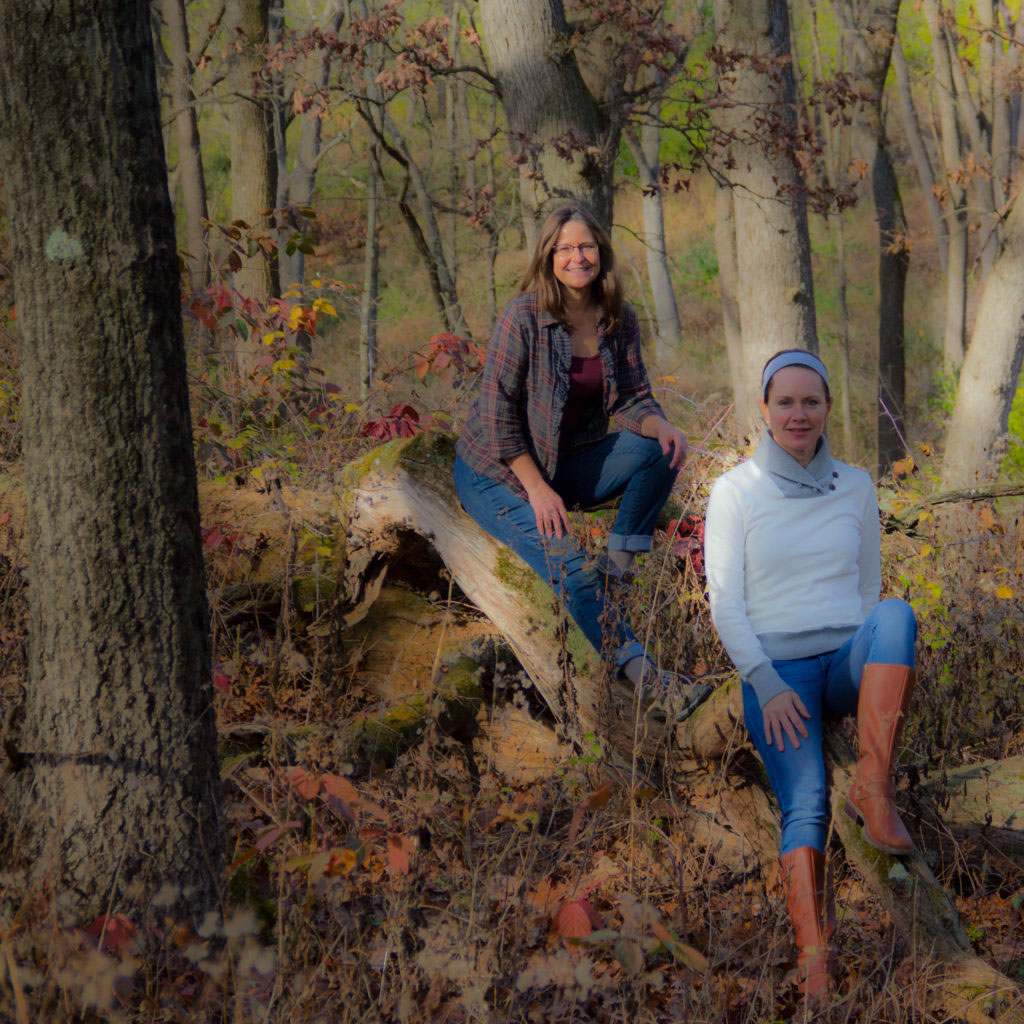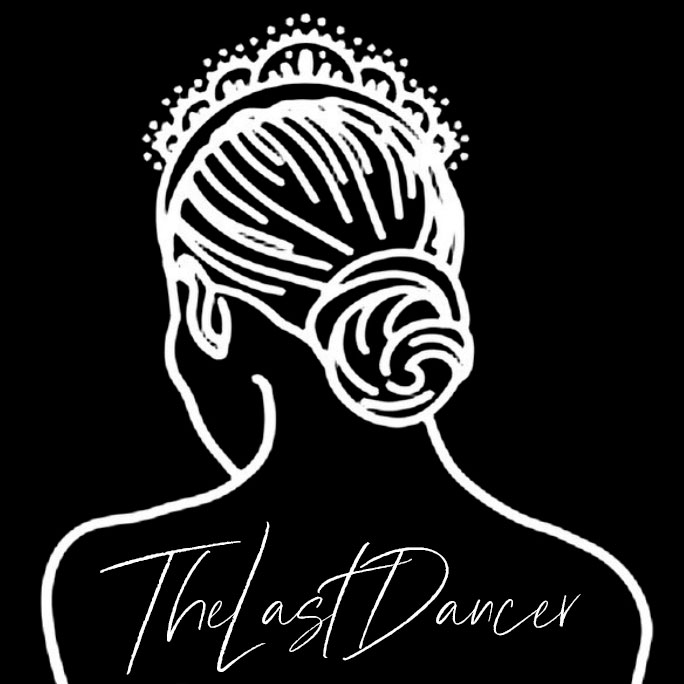Our inspiration began with a simple video shared, and a curiosity about who in the world is making headway against the Covid-19 virus, and how are they doing it? This short, simple video from the Czech Republic, with a message from their Minister of Health, truly struck a chord:
In response to the call for wearing a mask, Nicole and Linda were inspired to make their own. Although each of them have a sewing machine, neither one of them considers themselves a master sewer. Create a pleat? Fold this, baste that … What?? How?? Linda documented her process, and created this step by step guide for how to sew your own mask. Skip to the end of this article for current advice on wearing cloth masks. The CDC also has guidelines for a five minute, no-sew mask.
GATHER WHAT YOU NEED:
Sewing Machine, ideally, but a needle and thread will work!
Ruler
Stick Pins
Scissors
Iron
Cardboard to make a pattern
Fabric
CHOOSING FABRIC
Some fabrics will filter better than others. I chose the tightest weave cotton I had in my stash of fabrics, and also used a single layer of flannel. I also used flannel for the straps, because it seemed to have a little more “give” to it. If you have more questions about fabric choice, view the NBC ARTICLE; it was very helpful.
The best masks were constructed of two layers of heavyweight “quilters cotton” with a thread count of at least 180, and had thicker and tighter weave. Lesser quality fabrics also worked well, as long as they had an internal layer of flannel. “You do want to use a woven fabric, like batik,” Segal said, “but you don’t want to use a knit fabric, because the holes between the knit stitches are bigger.” In other words, if the fabric allows for a substantial amount of light to shine through, it’s probably going to allow tiny viral particles through, as well. –From NBC News
STEP 1: CUT YOUR FABRIC
Using a cardboard pattern sized 8″ x 14″, trace around it on your fabric and cut a piece to size. If you are adding a layer of flannel, cut a piece of flannel fabric 8″ x 7″.
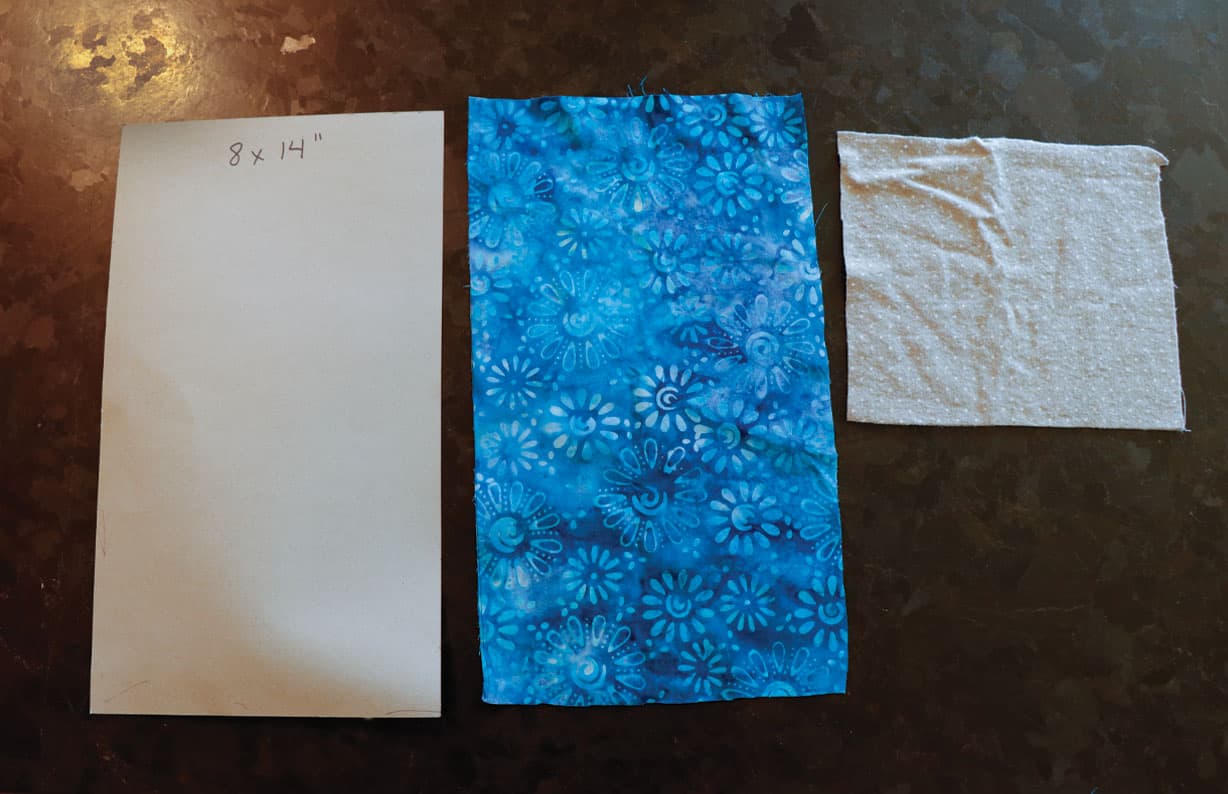
STEP 2: CUT TWO STRIPS OF FABRIC TO CREATE STRAPS
The picture below shows a shortcut way of cutting the long strips you need to create the straps. You need 2 strips, 1.5″ wide x 34″ long for the straps. However, these don’t have to be cut with precision. I measured the width and cut about 3″, then doubled the material over, continuing to cut using the fabric as a width guide.
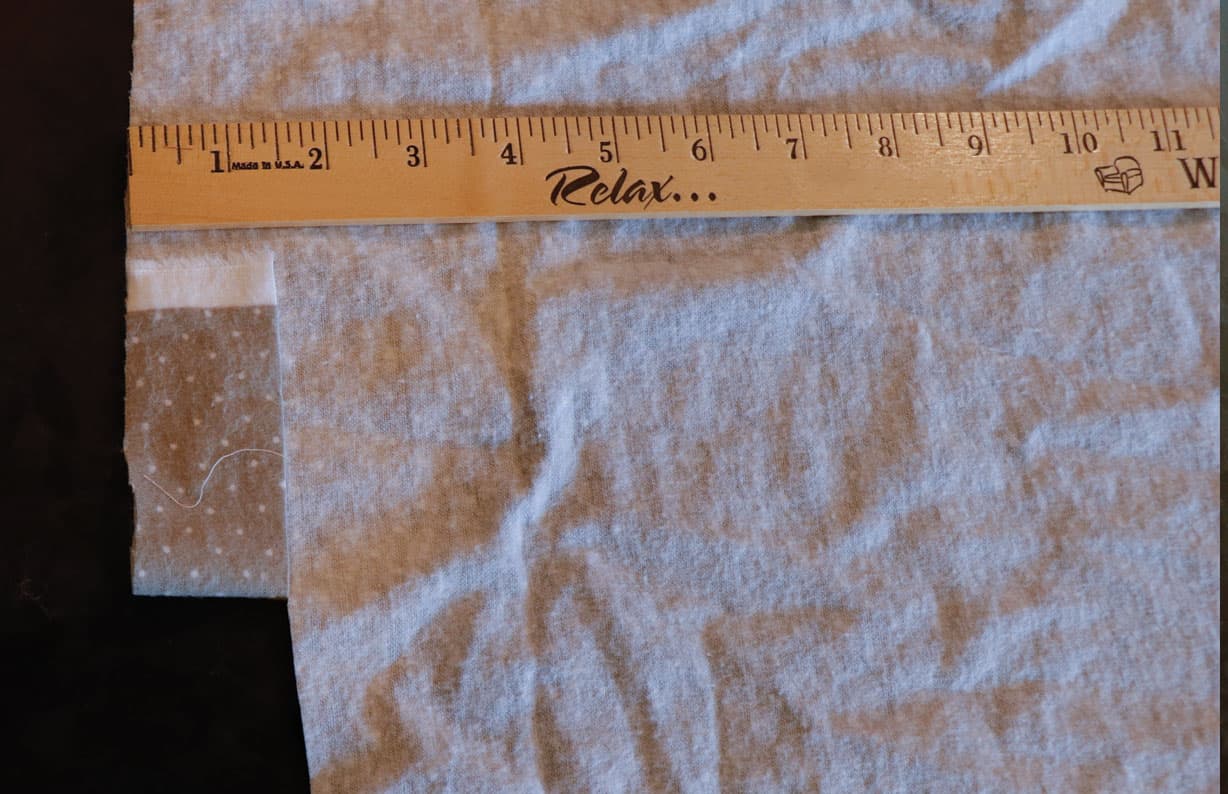 I didn’t even realize this ruler had a message until I took the picture!
I didn’t even realize this ruler had a message until I took the picture!
STEP 3: GOING BACK TO YOUR FABRIC RECTANGLE, FOLD IT IN HALF, WITH THE GOOD SIDE ON THE INSIDE. LAY FLANNEL ON TOP. SEW SIDES TO CREATE A TUBE. TURN THE TUBE INSIDE OUT.
After creating the tube shown on the right hand side below, use an iron to press everything flat.
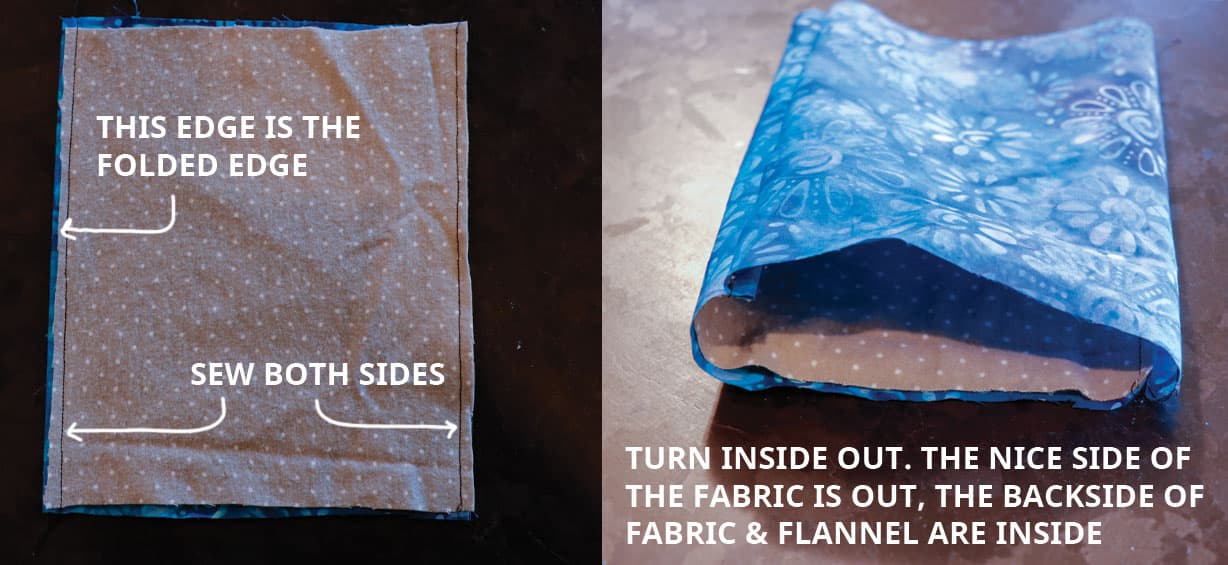
STEP 4: CREATE THE GATHERED PARTS.
First create edges by folding in half and ironing, then folding again and ironing.
Use each edge to pull fabric over to create the gather and pin in place.

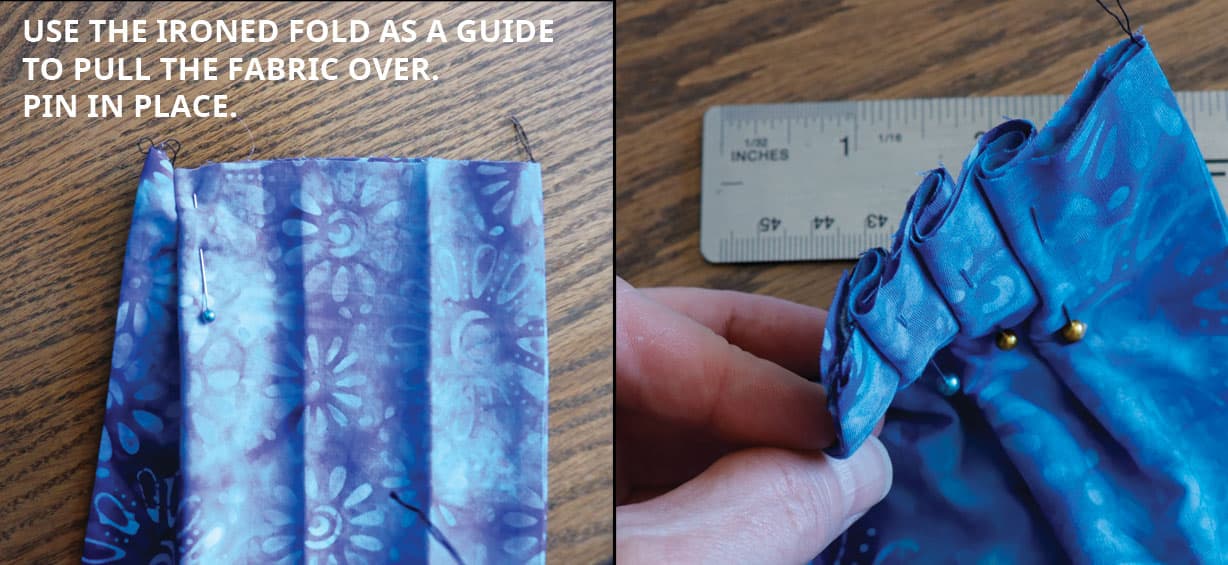
Continue pinning the first side, then pin the other side, trying to keep the folds even.
Measure the finished ends, and adjust so that the width of the side is approx. 3 – 3-1/2″.
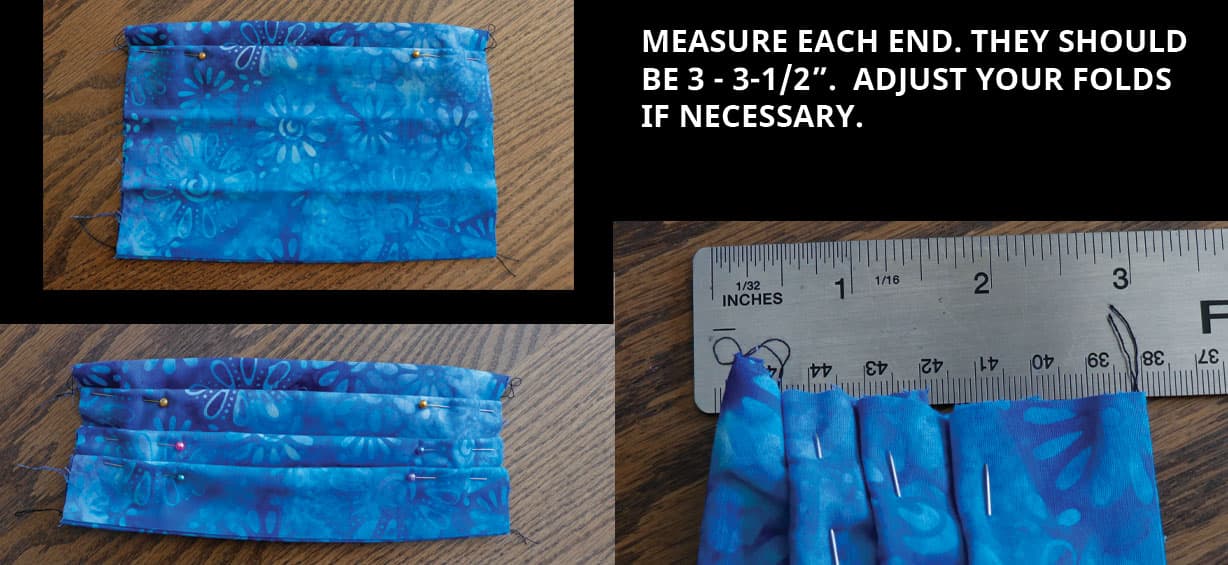
STEP 5: IRON THE STRAPS TO PREPARE THEM FOR FOLDING AND SEWING ONTO THE MASK.
By ironing the straps in this way, it makes it easy to fold them and then sew them around the mask.
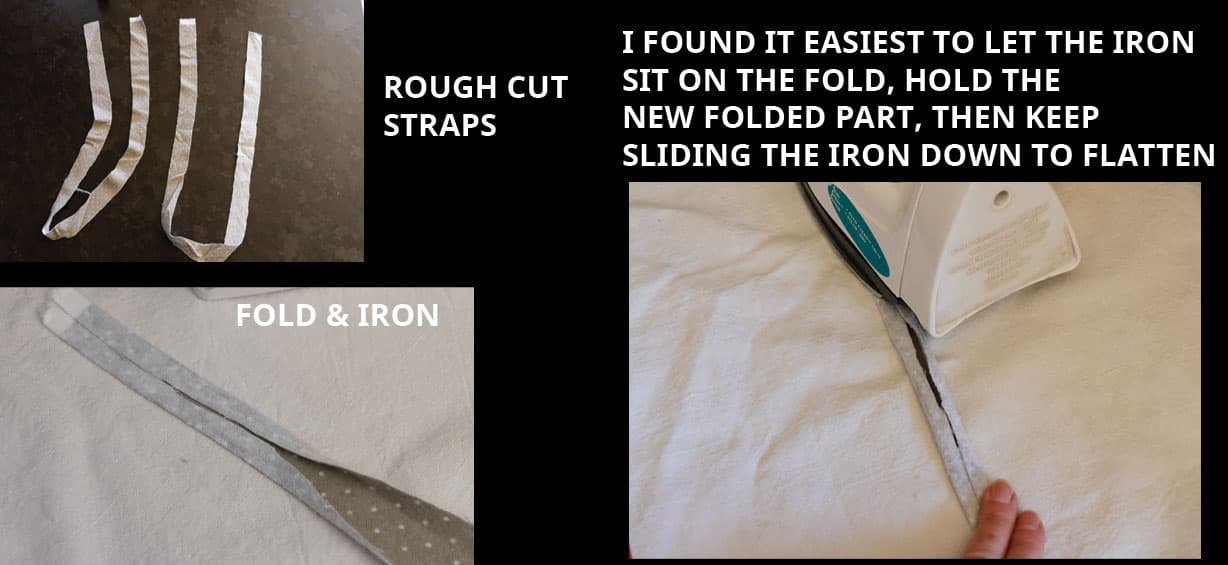
STEP 6: FIND THE CENTER OF THE STRAP AND PLACE THE MASK AS SHOWN BELOW. FOLD THE TOP EDGE OF THE STRAP DOWN AND PIN OR HOLD IN PLACE. SEW A SEAM TO HOLD THE MASK WITHIN THE STRAP.
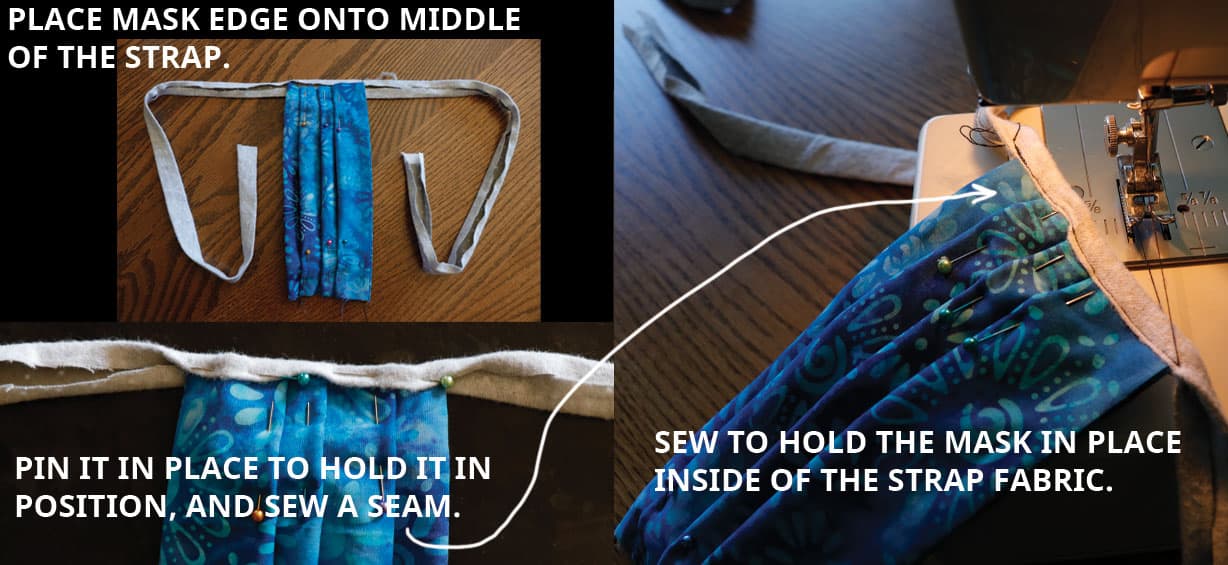
STEP 7: STARTING AROUND THE TOP OF THE MASK EDGE, SEW A ZIGZAG STITCH AND CONTINUE FOLDING AND SEWING THE STRAP UNTIL THE END.
I started from the middle, and sewed down to the end of the strap. In this way, you can finish the seam at the bottom of the strap, then use the reverse button on the sewing machine to back up and re-sew the very end, so that a secure end is formed. (Maybe accomplished sewers are better at this, but if I started with the top end of the strap, it was hard to get the stitch right at the edge without it bunching up. It often would clog up in the machine and I would have to cut the bunched up threads and start over. Very frustrating. Much easier to feed and move the fabric when you start from the middle.)
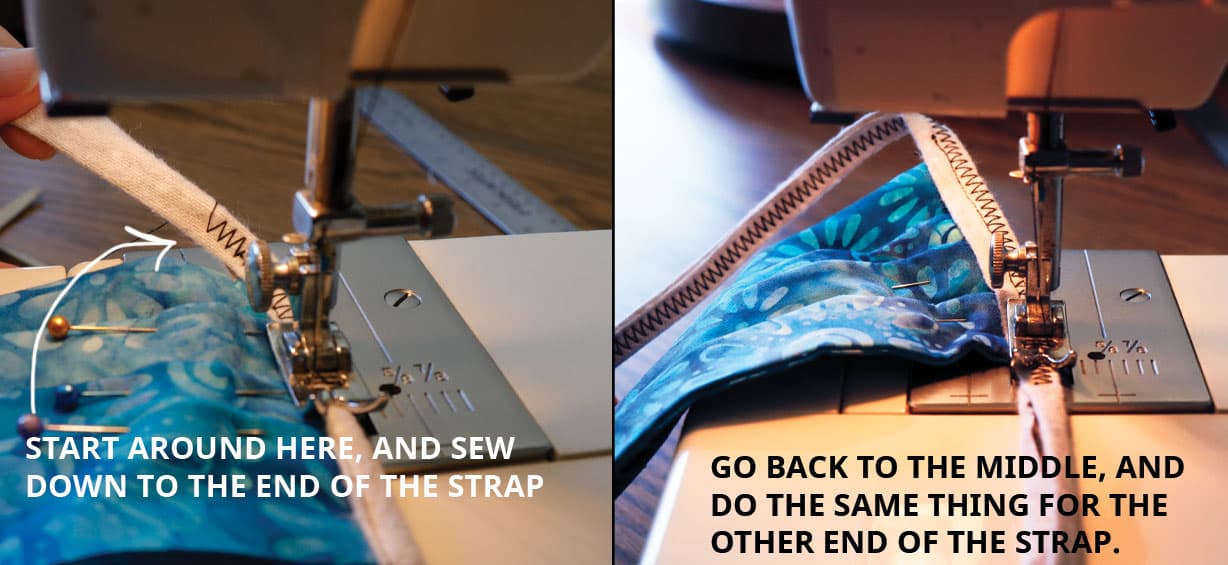
Here is the detail on how I folded the end of the strap.
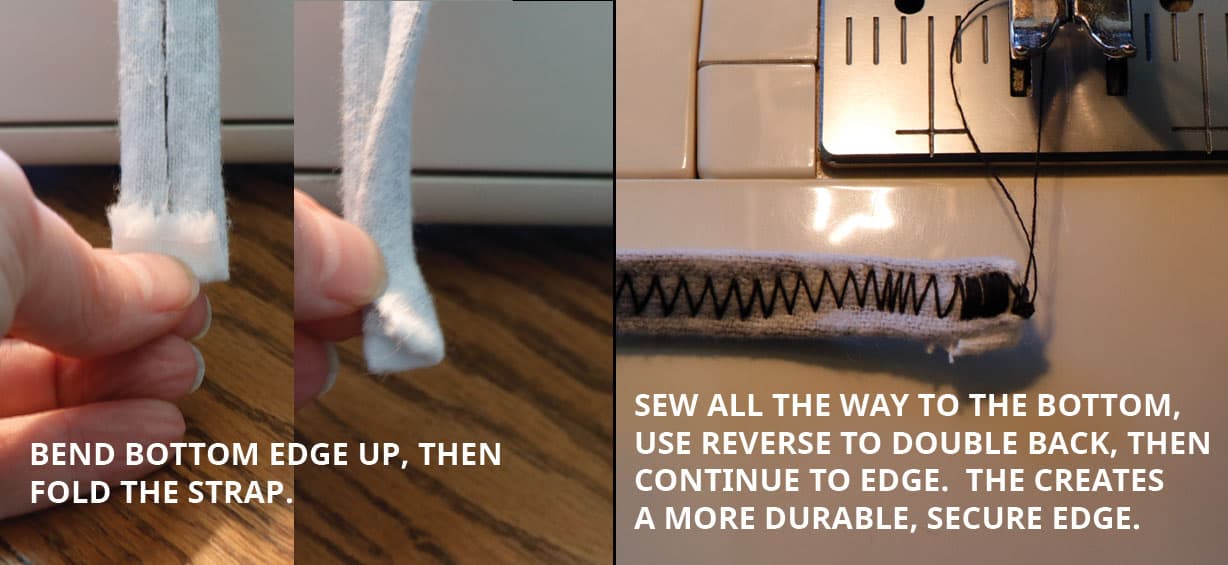
STEP 8: SEW THE SECOND STRAP ONTO THE OTHER SIDE OF THE MASK.
WHEW. DONE!

GUIDELINES ON WEARING A NON-MEDICAL CLOTH MASK:
APRIL 5, 2020
Always go to a reputable source for proper guidelines. Remember that this a new and unknown virus. As data is collected and compiled every single day to learn more about how it affects us, advice may change, so check often for updates. The Centers for Disease Control and Prevention website has a guide on non-medical masks. Please visit the CDC website for their recommendations and guidelines.
Cloth masks are not meant to filter virus particles to protect the wearer. They will block droplets from going out into the air or onto surfaces, from a person coughing or sneezing. People are contagious before they have symptoms.
This can help in slowing the spread of the virus.
- Do not touch the front of the mask.
- Wash your hands before putting on the mask.
- After wearing, remove touching only the ties, then put directly into the washing machine. Soap and water will kill the virus, and then you are able to re-use the mask.
- Wash your hands after removing the mask.
CDC also advises the use of simple cloth face coverings to slow the spread of the virus and help people who may have the virus and do not know it from transmitting it to others.
The cloth face coverings recommended are not surgical masks or N-95 respirators. Those are critical supplies that must continue to be reserved for healthcare workers and other medical first responders, as recommended by current CDC guidance.
CDC recommends wearing cloth face coverings in public settings where other social distancing measures are difficult to maintain (e.g., grocery stores and pharmacies), especially in areas of significant community-based transmission.
Other scientific and reputable sources:
The World Health Organization. They work with 194 Member States, across six regions, and from more than 150 offices, WHO staff are united in a shared commitment to achieve better health for everyone, everywhere.
The National Institutes of Health, a part of the U.S. Department of Health and Human Services, and the nation’s medical research agency.
